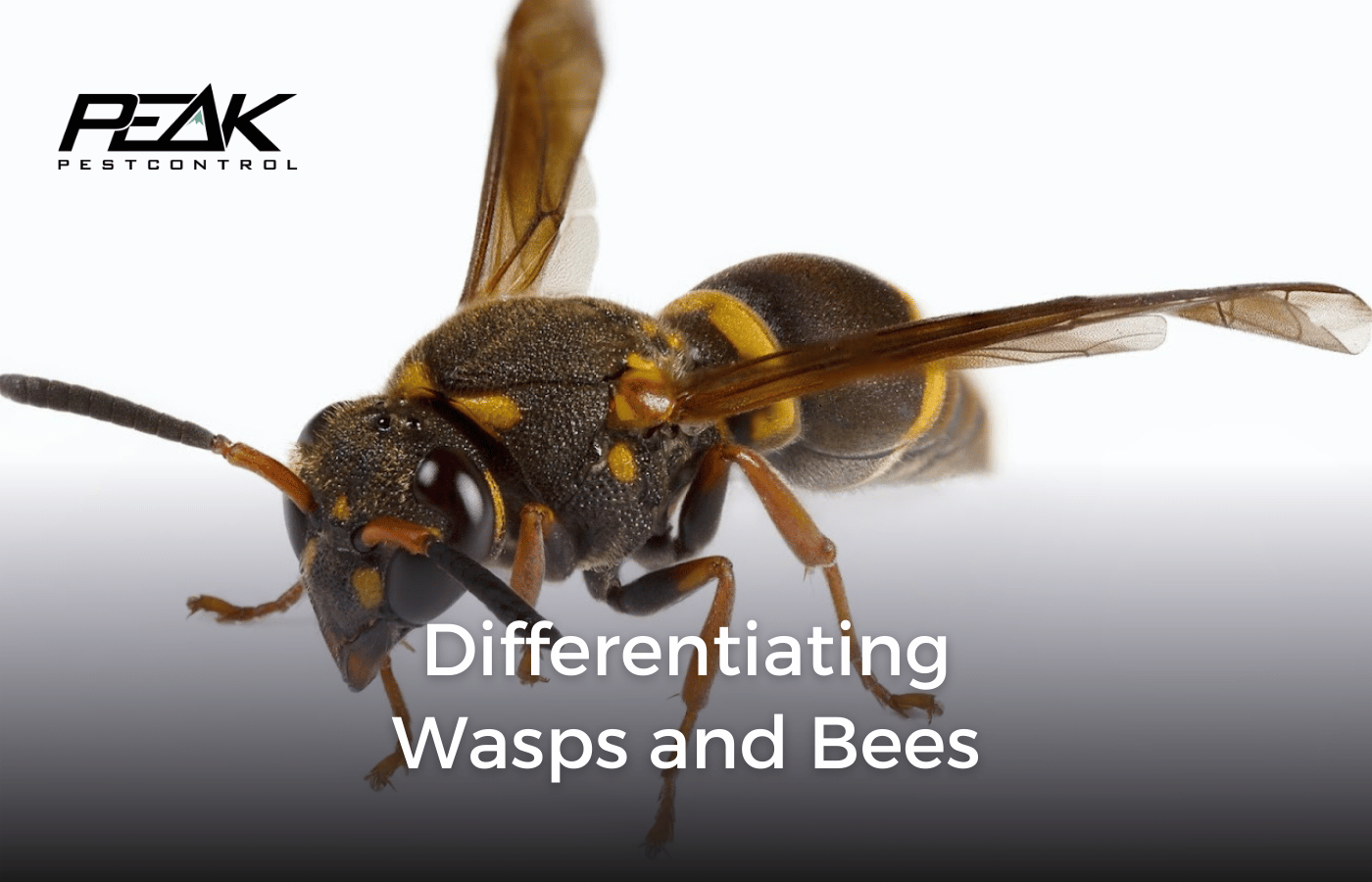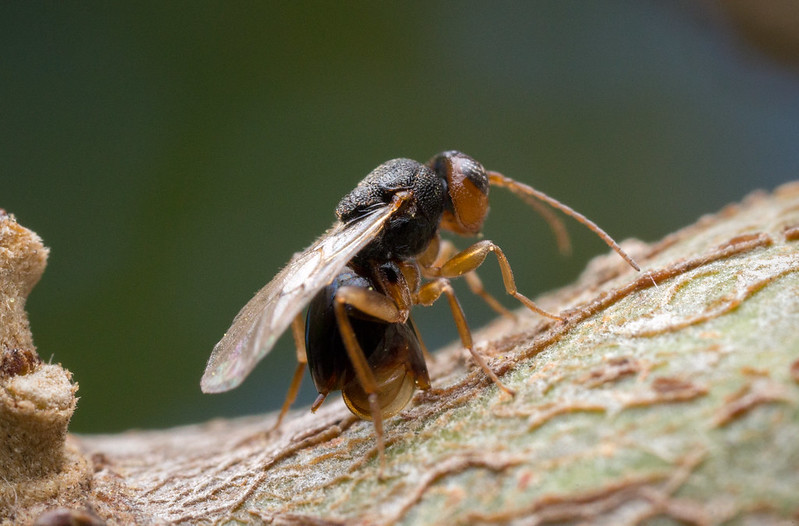Wasps and bees are often mistaken for each other because of their similar size and buzzing sounds. However, knowing the difference is important, especially if you encounter them in your home or garden. While both play a role in the ecosystem, their behavior and the potential risks they pose can vary. Bees are typically pollinators, while wasps are predators or scavengers. This article breaks down the differences between wasps and bees, so you can easily recognize them and respond appropriately.
Physical Differences
Body Shape and Size
One of the easiest ways to tell wasps and bees apart is by looking at their bodies. Wasps have slender, smooth bodies with a noticeable waist. Bees, on the other hand, are rounder and often appear fuzzy. The fuzz on bees helps them collect pollen, while wasps’ sleek bodies are more aerodynamic, which aids in hunting.
Color and Markings
Both insects can have yellow and black markings, but wasps generally have brighter, more defined colors. Bees tend to have duller yellow shades with less distinct patterns. If you spot an insect with vivid stripes and a shiny body, it’s likely a wasp.
Behavior and Habits
Aggression and Stinging
Wasps are more aggressive than bees and can sting multiple times without dying. They tend to defend their territory fiercely, especially if their wasp nests are disturbed. Bees usually sting only when provoked and die shortly after stinging. This makes wasps more likely to engage with humans, which is why wasp control experts are often called to manage infestations.
Feeding Patterns
Bees primarily feed on nectar and play a crucial role in pollination. Wasps, however, are predators that hunt insects or scavenge for food. Some types of wasps also feed on sugary substances like fruit or soda, making them more common around picnics and outdoor events.
Habitat and Nests
Nesting Differences
Wasps build their nests from paper-like material, which they create by chewing wood fibers. These nests are often found hanging from trees, eaves, or hidden in sheds. Bees, by contrast, build wax hives, usually in protected areas like tree cavities or man-made hives. If you notice a papery structure under your roof, it’s most likely a wasp nest.
Colony Size
Bee colonies can house thousands of bees working together. Wasps generally have smaller colonies, though some species, like yellow jackets, can form large groups. The difference in colony size affects how frequently you encounter them.
Role in Nature
Both wasps and bees contribute to the environment, but in different ways. Bees are vital for pollination, helping plants grow and produce fruit. Wasps help control pest populations by hunting other insects. Some types of wasps are even used in agriculture to protect crops from pests.
How to Respond to an Encounter
If you come across a bee, it’s best to stay calm and avoid swatting at it. Bees rarely sting unless they feel threatened. Wasps, however, are more reactive. If you notice a wasp nearby, move away slowly and avoid making sudden movements. For wasp nests around your home, consider contacting wasp control experts to handle the situation safely.
Distinguishing Wasps from Bees to Manage Encounters and Protect Your Home
While wasps and bees share certain traits, they are distinct in many ways, from their appearance to their behavior. Recognizing these differences can help you stay safe and appreciate the roles both insects play in nature. Whether you spot bees buzzing around flowers or wasps hovering near food, understanding their unique characteristics can help you react appropriately. By respecting their space and knowing when to call for help, you can coexist with these important insects.
Wasps invading your space? Peak Pest Control is here to help. Our trained experts handle wasp nests efficiently, keeping your home safe. Call now for prompt, professional pest control services that protect your family and restore comfort to your property.









